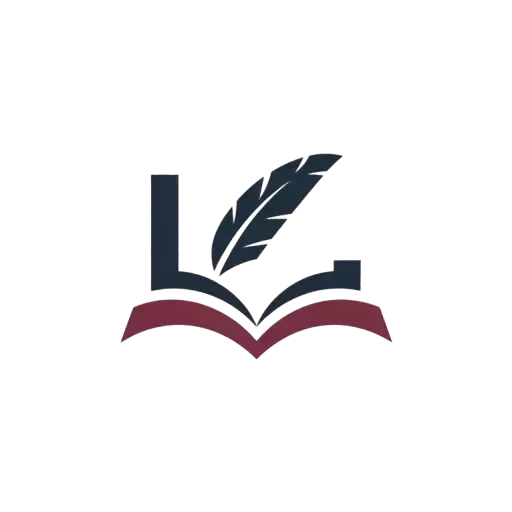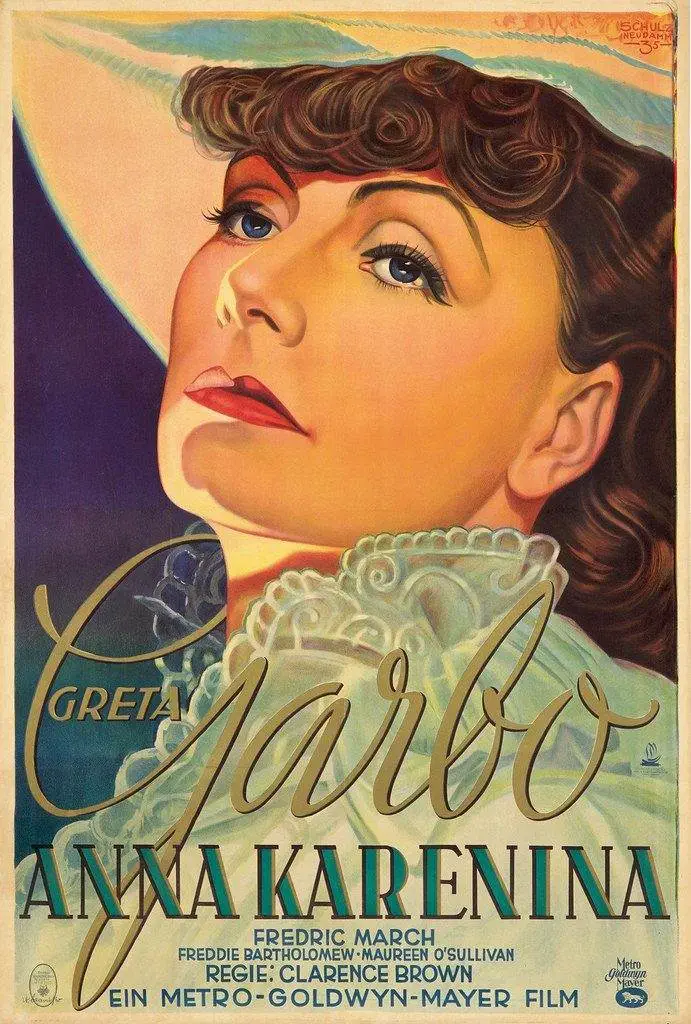Leo Tolstoy’s epic novel Anna Karenina is widely considered one of the greatest works of literature ever written. Published in serial instalments between 1873 and 1877, this rich and complex masterpiece provides deep insight into the human condition while critiquing the rigid social conventions of 19th century Russia.
Table of Contents
More than a century after its publication, Anna Karenina continues to resonate with modern audiences thanks to its profound exploration of universal themes like love, morality, societal pressures, and the search for meaning.
This guide provides an in-depth look at the key elements that make Anna Karenina such an influential and unforgettable literary achievement.
Introduction to Anna Karenina’s World
Set against the backdrop of imperial Russia, Anna Karenina focuses on the aristocratic social circles of Saint Petersburg and Moscow. Tolstoy provides a vivid panorama of Russian high society and its social hierarchies through the novel’s characters.
At the centre of the story is the tragic figure of Anna Karenina, a beautiful married socialite who enters into an illicit affair with the dashing cavalry officer Count Vronsky. As Anna’s position in society crumbles under the weight of scandal, the narrative shifts to contrast her plight with the struggles of the landowner Konstantin Levin.
Interwoven throughout are the stories of Kitty, Levin’s love interest, her sister Dolly, and their philandering brother Stiva Oblonsky. Through these various perspectives, Tolstoy weaves a rich tapestry exploring the complex realities of love and human relationships.
Themes and Analysis
Tolstoy uses the characters of Anna Karenina to explore complex philosophical questions and critique the conventions of Russian high society in the 1870s. Here are some of the key themes that emerge from this masterful novel:

Love and Morality
The tragic trajectory of Anna’s affair with Vronsky forms the emotional core of the novel. Tolstoy portrays the devastation wrought by forbidden passions that defy social norms. Anna is torn between her inner longings and her outward social duty as a wife and mother, a conflict that ultimately destroys her.
Contrasted with Anna is Levin’s passionate but moral love for Kitty, presented as a stabilizing societal force. Through both relationships, Tolstoy conveys the complex interplay between love, desire, and morality.
Search for Meaning
Much of Levin’s story focuses on his philosophical pondering and existential search for meaning. Initially guided by rational intellect, Levin struggles to reconcile his inner spiritual longings with contemporary social theories. His epiphanic realization about the importance of Christian love and forgiveness near the novel’s end represents the profound enlightenment Tolstoy hopes for humanity.
Societal Conventions
Tolstoy utilizes the diverging fates of Anna and Levin to critique the rigid social conventions of the Russian aristocracy. Anna’s public defiance of accepted norms regarding female fidelity leads to her banishment and ruin. Meanwhile, Levin’s private spiritual awakening occurs away from prying eyes, allowing him to maintain social respectability.
Tolstoy conveys that societal masking of truth and obsession with appearance was a characteristic flaw of the wealthy elite. Through thoughtful contrast, he presents authenticity and morality as the antidote.
Psychological Depth
Tolstoy’s nuanced development of characters like Anna, Levin, and Kitty was very innovative for its time. He eschews one-dimensional stereotypes in favor of psychologically complex personas. This allows Tolstoy to poignantly explore relationship dynamics, societal pressures on women, existential angst, and the eternal conflict between mind and heart.
Background and Historical Context
To appreciate the full depth of Anna Karenina, it helps to understand the life experiences of its creator, Leo Tolstoy:
- Born in 1828 into Russian nobility, Tolstoy spent much of his youth carousing and gambling before developing an interest in moral philosophy and educational reform.
- His time serving in the Crimean War proved pivotal, leading Tolstoy to seriously question the norms and conventions of aristocratic society.
- In the late 1860s, Tolstoy underwent a spiritual crisis that ultimately led him to reject materialism and pursue a radical brand of Christian anarchism.
- These influences shaped the strong social critiques and philosophical themes that permeate Anna Karenina and Tolstoy’s other later novels.
- The work was published in serial instalments between 1873 and 1877, allowing Tolstoy to refine the narrative and characters based on audience feedback.
- The novel generated great controversy in Russia upon release thanks to its blunt depictions of adultery and critique of social values.
Placing Anna Karenina in its historical context provides greater appreciation for Tolstoy’s skill as both literary artist and social philosopher.
Analysis of Key Characters
The psychological depth Tolstoy brings to his characters is a hallmark of Anna Karenina. Here’s a closer analysis of some of the key figures:
Anna Karenina
The novel’s title character, Anna begins as a respectable high society wife and mother trapped in a loveless marriage. Her passionate affair with the handsome Count Vronsky leads to scandal, exile, and eventual suicide. Tolstoy presents Anna sympathetically while making clear the tragic consequences of her socially defiant actions. Her inner emotional tumult is vividly conveyed.
Count Vronsky
Anna’s lover Count Vronsky embarks on their affair with casual arrogance, only to have his life gradually consumed by it. Tolstoy portrays Vronsky as vain and self-centered, though his genuine affection for Anna adds complexity. Representative of Russian nobility’s recklessness, his character provides an important counterpoint perspective.
Konstantin Levin
The introspective, philosophizing landowner Levin acts as a semi-autobiographical stand-in for Tolstoy. Much of Levin’s social unease, spiritual longing, and questioning stems directly from Tolstoy’s own inner turmoil. Levin’s epiphanic realization about the value of love and forgiveness mirrors Tolstoy’s own existential journey.
Kitty
Princess Ekaterina “Kitty” Shcherbatskaya begins as a quintessential product of aristocratic society focused on manners and marriage prospects. Her rejection by Vronsky and subsequent relationship with Levin catalyzes maturity and moral growth. Kitty comes to represent the possibilities of authenticity and redemption amid societal artifice.
Literary Significance and Legacy
As one of the greatest novels ever written, Anna Karenina has had an immense impact on world literature:
- Tolstoy’s deft ability to interweave multiple plot lines and character perspectives established important new standards for the scope and complexity of modern fiction.
- His emphasis on psychological realism and emotional depth inspired other writers to move beyond shallow characters toward greater interiority and moral ambiguity.
- The novel’s harsh critique of social conventions and exploration of sexuality sparked worldwide controversy upon release, cementing Tolstoy’s reputation as both artist and provocateur.

- Its universal themes and moral preoccupations established Anna Karenina as a landmark work of realist fiction and ensured its enduring prominence in the canon of world literature.
- The novel has been adapted into multiple stage and film versions, including a 2012 film starring Kiera Knightley.
- Anna Karenina continues to inspire contemporary writers tackling themes of love, morality, marriage, society, and the search for meaning in human existence.
Why Anna Karenina Endures
So what explains the continuing relevance and power of Anna Karenina for modern audiences? A few key factors:
- Masterful storytelling – Tolstoy’s genius for constructing rich layered narratives that are as insightful as they are entertaining.
- Psychological depth – The novel rejects simplistic archetypes in favor of intricately realized characters wrestling with complex emotions and moral dilemmas. Their inner lives feel authentic and contemporary.
- Universal themes – Exploring core topics like love, death, family, religious faith, and the meaning of life, Tolstoy taps into the fundamental drivers of human experience.
- Social commentary – Tolstoy’s satirical critique of Russian high society exposes flaws and superficiality that can be applied to many civilizations over time.
- Innovative literary craft – Techniques like shifting third-person narration and interior monologues were revolutionary for the period and established enduring fiction standards.
- Philosophical profundity – Tolstoy imbues the narrative with insightful moral, ethical, and existential contemplation that transcends the specifics of 19th century Russia.

For these reasons, Anna Karenina remains both timeless and deeply timely, sure to move and provoke readers for generations to come.
Key Takeaways and Lessons
- Love can be as destructive as it is redemptive depending on societal bounds – Anna and Vronsky’s passion defies norms while Levin’s love for Kitty affirms them.
- Searching for existential meaning is an eternal human concern, achievable through sincerity and compassion.
- Rigid social conventions often mask authentic human truths and emotions.
Summing Up
Leo Tolstoy’s epic masterwork Anna Karenina stands as a towering achievement of world literature. Few novels have matched its scope, psychological depth, and profound exploration of love, morality, and the human condition. Though firmly rooted in a specific time and place, Tolstoy’s fundamental themes and unforgettable characters endure across cultures and eras.
After traveling through the tragedies and triumphs of Anna, Levin, Kitty, and Vronsky, readers emerge with a deeper appreciation of both the breathtaking beauty and inherent frailties of the human spirit. More than a century after its publication, Anna Karenina continues to educate, enlighten, and inspire readers across the globe.



1 Comment
Pingback: The Old Man and the Sea by Ernest Hemingway: Comprehensive Study Guide - LitGram by MukeshRishit